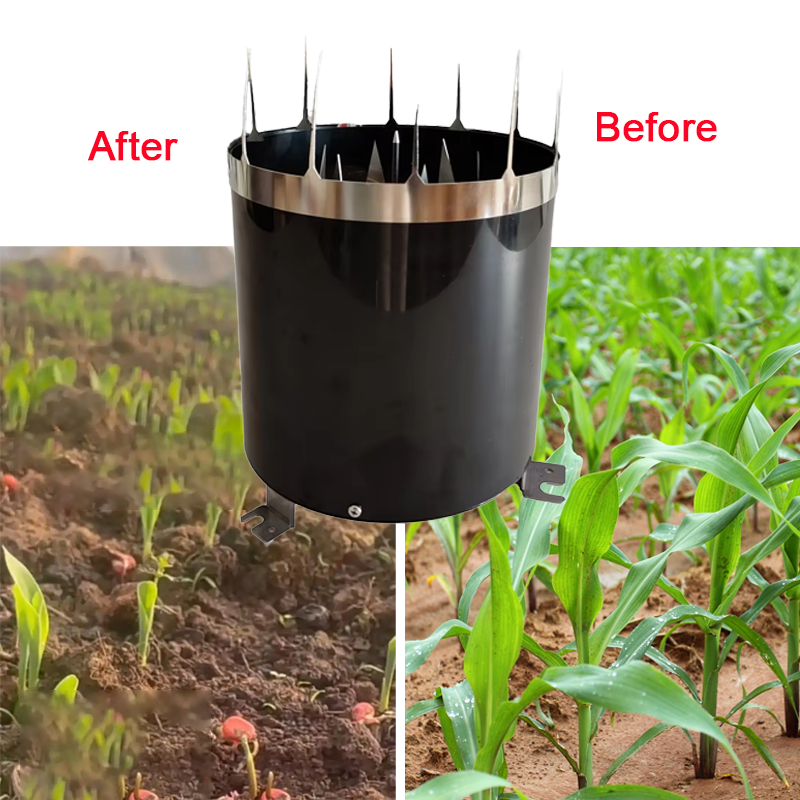Introduction
Kazakhstan, located in Central Asia, has vast lands and complex climatic conditions that pose numerous challenges to agricultural development. Effective water resource management plays a crucial role in ensuring crop production and improving farmers’ incomes. Rain gauges, as simple yet effective meteorological monitoring tools, have been widely applied in agricultural practices across Kazakhstan. This article will explore a case study on the application of rain gauges in the country’s agriculture and the benefits they provide.
Basic Principle of Rain Gauges
A rain gauge is an instrument used to measure precipitation. It typically consists of a cylindrical container with a funnel at the top, allowing rainwater to enter the container until it reaches a certain level. By regularly reading the water level in the container, the amount of rainfall can be accurately calculated. This data is crucial for farmers, as it directly affects irrigation decisions and crop management.
Application Cases
1. Grain Cultivation in Southern Kazakhstan
In the grain-producing region of southern Kazakhstan, farmers have installed rain gauges in their fields to monitor precipitation in real-time. Some cooperatives have set up multiple rain gauges covering over 1,000 hectares of grain cultivation areas. Farmers adjust their irrigation plans based on rain gauge data, ensuring that crops receive adequate moisture.
For instance, in one case, a cooperative monitored a significant rainfall event using rain gauges, allowing them to postpone irrigation, conserve water resources, and reduce costs. Through scientific water resource management, the cooperative increased its grain yield by 15%.
2. Ecological Agriculture and Sustainable Development
In northern Kazakhstan, the promotion of ecological agriculture has further emphasized the use of rain gauges. Local farmers monitor precipitation alongside soil moisture data using rain gauges for more precise management.
For example, an ecological farm successfully utilized data from rain gauges combined with soil sensor data to optimize rainwater utilization. Based on changes in precipitation and soil moisture, the farm adjusted the frequency and amount of fertilization and irrigation, thereby reducing the use of chemical fertilizers and minimizing environmental impact. This practice not only improved the ecological quality of crops but also received market recognition, leading to a 20% increase in the selling price of their organic produce.
Impact of Rain Gauges on Agricultural Production
-
Increased Water Resource Efficiency: Accurate precipitation monitoring allows farmers to arrange irrigation more scientifically, reducing water resource waste.
-
Optimized Crop Management: Real-time data helps farmers better understand crop needs, allowing for timely fertilization and irrigation, which enhances crop yield and quality.
-
Promotes Sustainable Agriculture: By reducing reliance on fertilizers and water resources, rain gauges contribute to ecological balance and sustainable resource use.
Conclusion
The application of rain gauges in Kazakhstan’s agriculture highlights their significance in modern agricultural management. By accurately monitoring precipitation, farmers can manage water resources scientifically, increase crop yields, and promote sustainable development. In the future, further promoting rain gauges and other smart agricultural technologies will help elevate the overall level of agriculture in Kazakhstan and stimulate rural economic growth.
Complete set of servers and software wireless module, supports RS485 GPRS /4g/WIFI/LORA/LORAWAN
please contact Honde Technology Co., LTD.
Email: info@hondetech.com
Company website: www.hondetechco.com
Tel: +86-15210548582
Post time: Aug-04-2025


